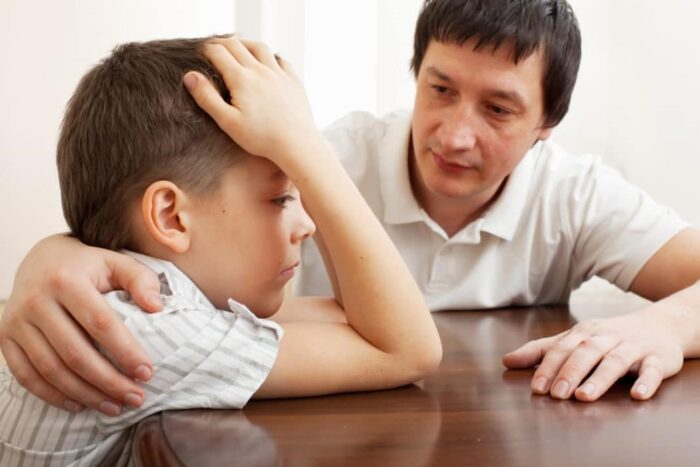
How to Deal with Bullies
Bulling impacts nearly 20% of school going children at any given time. As much as there is a lack of dependablemeasures over many decades to confirm this, bullying has been on the rise in recent times. This is despite the increased social awareness and civic education regarding bullying that is seen in the modern society. First, it is important to understand some of the approaches that are ineffective when dealing with bullies. These include fighting back, bullying back, ignoring the incident, avoiding bullies and keeping quiet. It is important to understand that bullying is an issue that impacts the victim’s friends and families as well. As such, the solutions used to deal with bullies need a communal contribution from parents, teachers, friends and the society at large.
First, it is important to understand some of the approaches that are ineffective when dealing with bullies. These include fighting back, bullying back, ignoring the incident, avoiding bullies and keeping quiet. It is important to understand that bullying is an issue that impacts the victim’s friends and families as well. As such, the solutions used to deal with bullies need a communal contribution from parents, teachers, friends and the society at large.
- How Parents can help
The most impactful individuals when dealing with bullies are parents and the school. In addition, most bullying incidences tend to happen in school which has made it a serious problem in places of learning. The parent is likely to be first to recognise that his or her child is being bullied and should notify the school. Many victims of bullies tend to be isolated and living in fear as they assume that reporting the bully might worsen the problem. It is the obligation of the parent to involve the school in helping their child deal with the incident.
- Schools’ contribution
Many incidences of bullying involve verbal abuse especially comments on physical appearance or sexuality. These forms have also adapted to the popularity of social media, which has catalysed cyber bulling. It is essential that the school promotes a culture that supports learning open communication and the discouragement of bad behaviour inclusive of bullying.
The school needs to be proactive in preventing bulling. A cooperative culture needs to be planned and created. A school ought to put in place essential values as well as practice them. It is important to recognise the cultural structure of the school and come up with opportunities to improve the relationships shared by the students, teachers and parents.
The school also needs to ensure that they eradicate the anonymity of students who bully other students. Bullying thrives in environments that have the least adult supervision. The elimination of such anonymous spaces can reduce incidences of violence.
Schools can also encourage the reporting and communication of bullying incidences. It can be done with the use of random audits, surveys and website posts. A school can provide an anonymous means of both victims and parents to notify the school about bullying incidences.
The school can also come up with an anti-bullying policy. These tend to take time to develop and need collaborative action from those involved. Such policies have a statement of intention, a definition of bullying and different types of bullying and means of notifying the school of a bullying incident alongside the people who need to be contacted in an incident of bullying.
There are two intervention approaches that any school can apply.
- The first is the no blame approach that is used when dealing with a large group of victims. It encourages the use of friends and classmates to help victims and empower them in manner that helps them settle in school.
- The second is the shared concern method. Here, meetings are held with the victims individually in order to understand their struggles at a personal level and come up with the solution that best works for them.
- What about the victim?
It is important to empower victims as most of the time they fell hated and embarrassed. The bullying incident needs to be de-personalised. Bullies tend to be dealing with issues of their own or simply lack the maturity to make good decisions. Victims need to see that they did not bring the bullying upon themselves. Victims can also be taught deflection techniques so that they cannot be adversely affected by incidences of bullying.
They can learn to focus on their positive social connections and interests in a way that ensures that bullying does not affect them. It nurtures a culture that even impacts those that surround the victim. It catalyses a mind-set that recognises the immaturity and negativity in bullying. It empowers both the victim and those around them to make a stand and discourage bullying.









